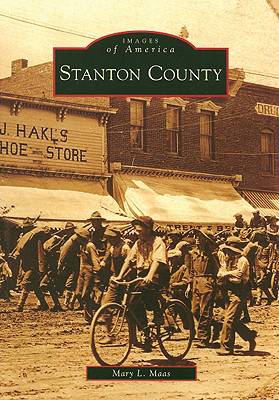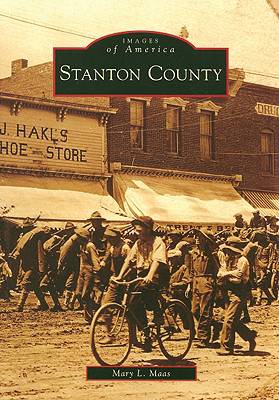
- Afhalen na 1 uur in een winkel met voorraad
- Gratis thuislevering in België vanaf € 30
- Ruim aanbod met 7 miljoen producten
- Afhalen na 1 uur in een winkel met voorraad
- Gratis thuislevering in België vanaf € 30
- Ruim aanbod met 7 miljoen producten
Zoeken
Omschrijving
The boldest and bravest of pioneers headed west, by covered wagon and on foot, to carve out new lives from verdant prairie sod, near the riverbanks in the beautiful Elkhorn Valley. French fur trappers called the river Corne de Cerf, French for the horn of the elk, due to the river and its tributaries resembling the antlers of a stag. It then became known as the Elkhorn River. Catfish, bullheads, perch, and bass provided a welcomed change in sparse diets. Here settlers established churches, schools, and towns in a raw wilderness where Ponca, Omaha, Sioux, and Pawnee tribes lived. The prairie grasses fed herds of buffalo, elk, deer, and bighorn sheep. Coyotes, foxes, and wolves roamed in abundance. This land was named Stanton County in honor of Edward M. Stanton, Abraham Lincoln's ex-secretary of war. Germans, Scandinavians, Bohemians, and Canadians settled in the picturesque river valley and were joined by settlers from Wisconsin and Virginia, as well as the Hoosiers from Indiana.
Specificaties
Betrokkenen
- Auteur(s):
- Uitgeverij:
Inhoud
- Aantal bladzijden:
- 128
- Taal:
- Engels
- Reeks:
Eigenschappen
- Productcode (EAN):
- 9780738561271
- Verschijningsdatum:
- 27/10/2008
- Uitvoering:
- Paperback
- Formaat:
- Trade paperback (VS)
- Afmetingen:
- 163 mm x 229 mm
- Gewicht:
- 317 g

Alleen bij Standaard Boekhandel
+ 61 punten op je klantenkaart van Standaard Boekhandel
Beoordelingen
We publiceren alleen reviews die voldoen aan de voorwaarden voor reviews. Bekijk onze voorwaarden voor reviews.











